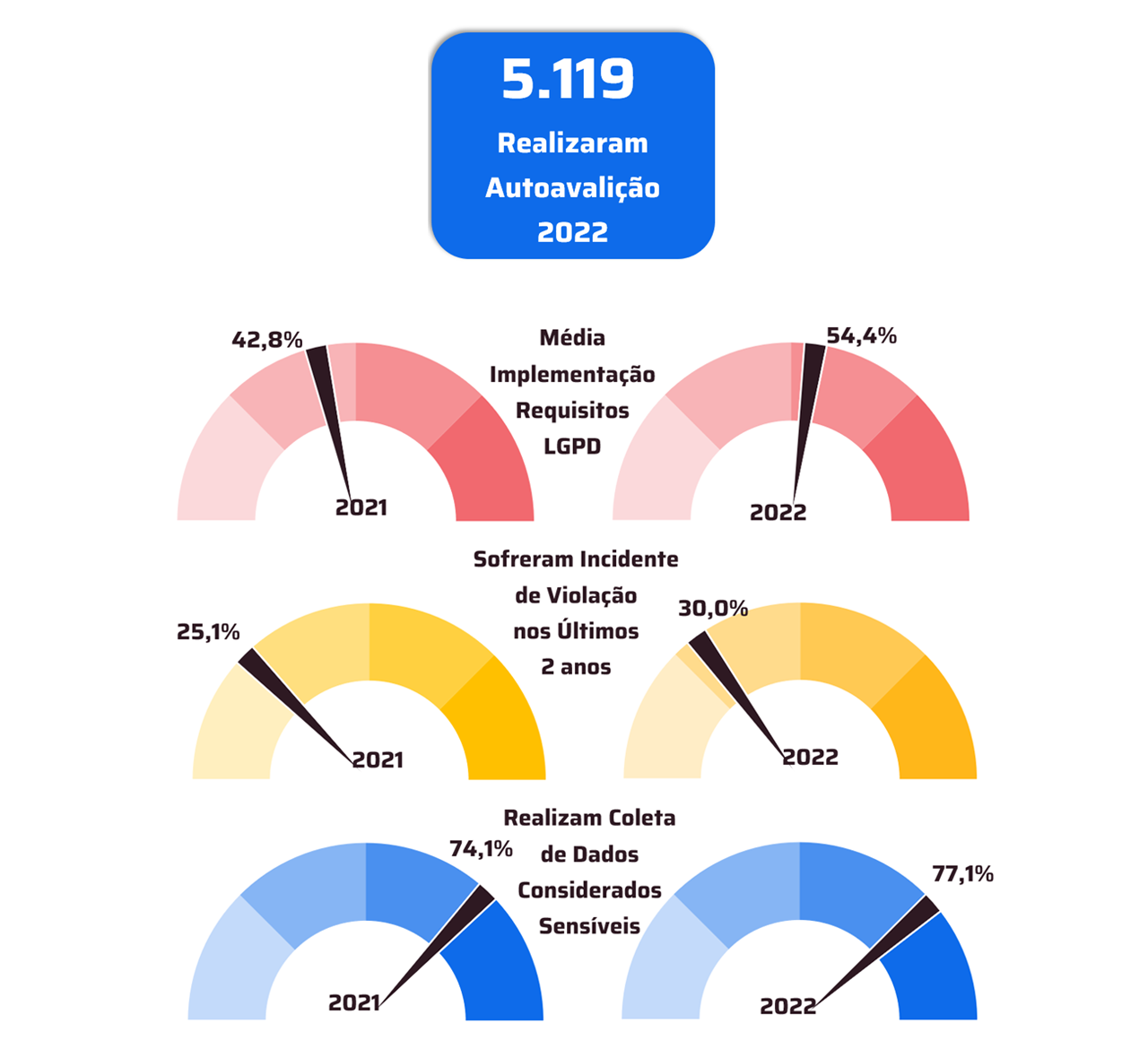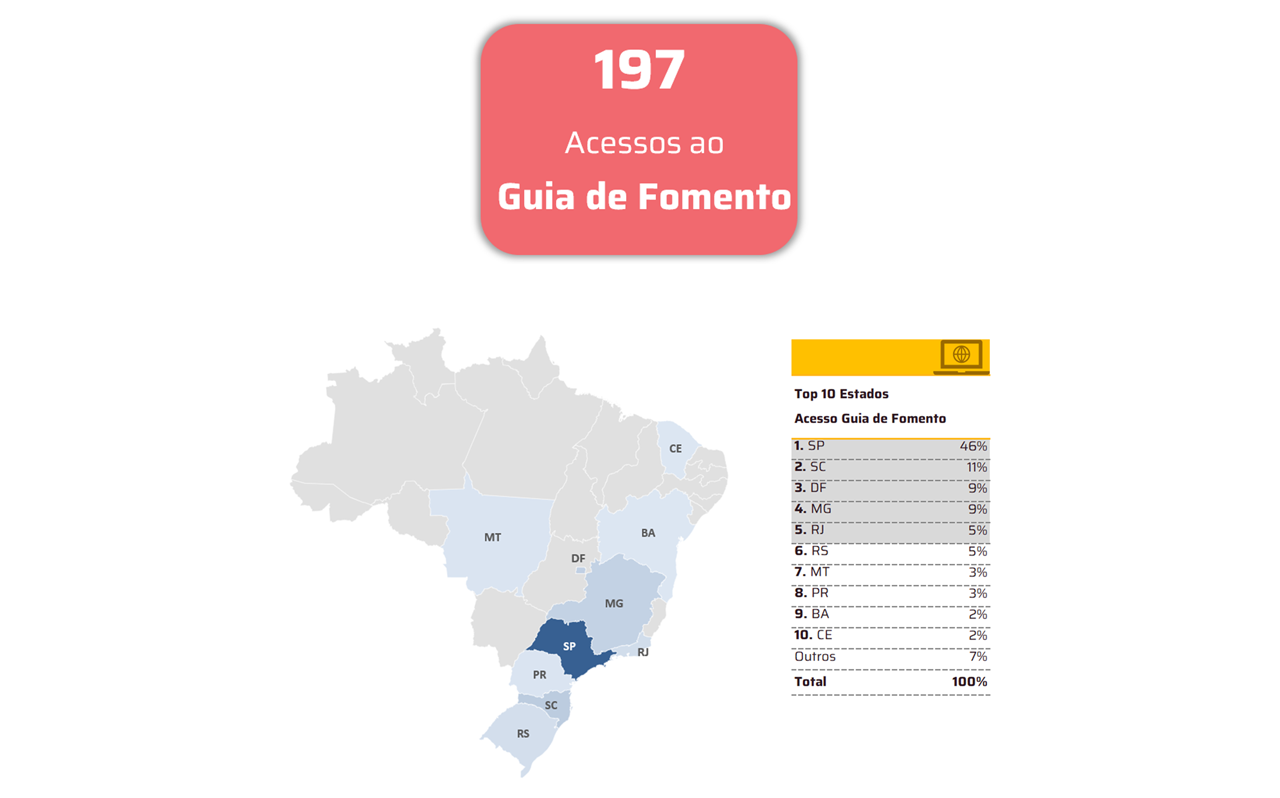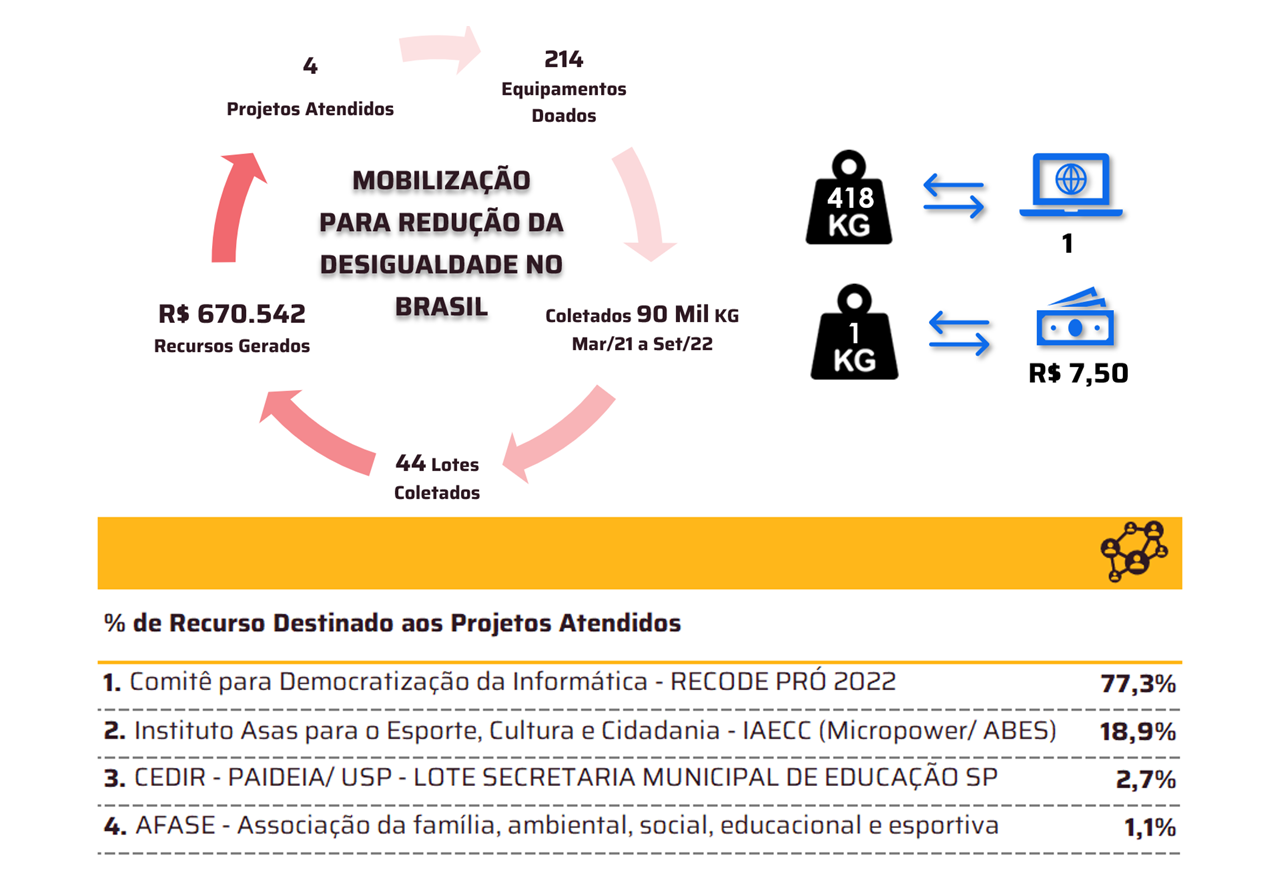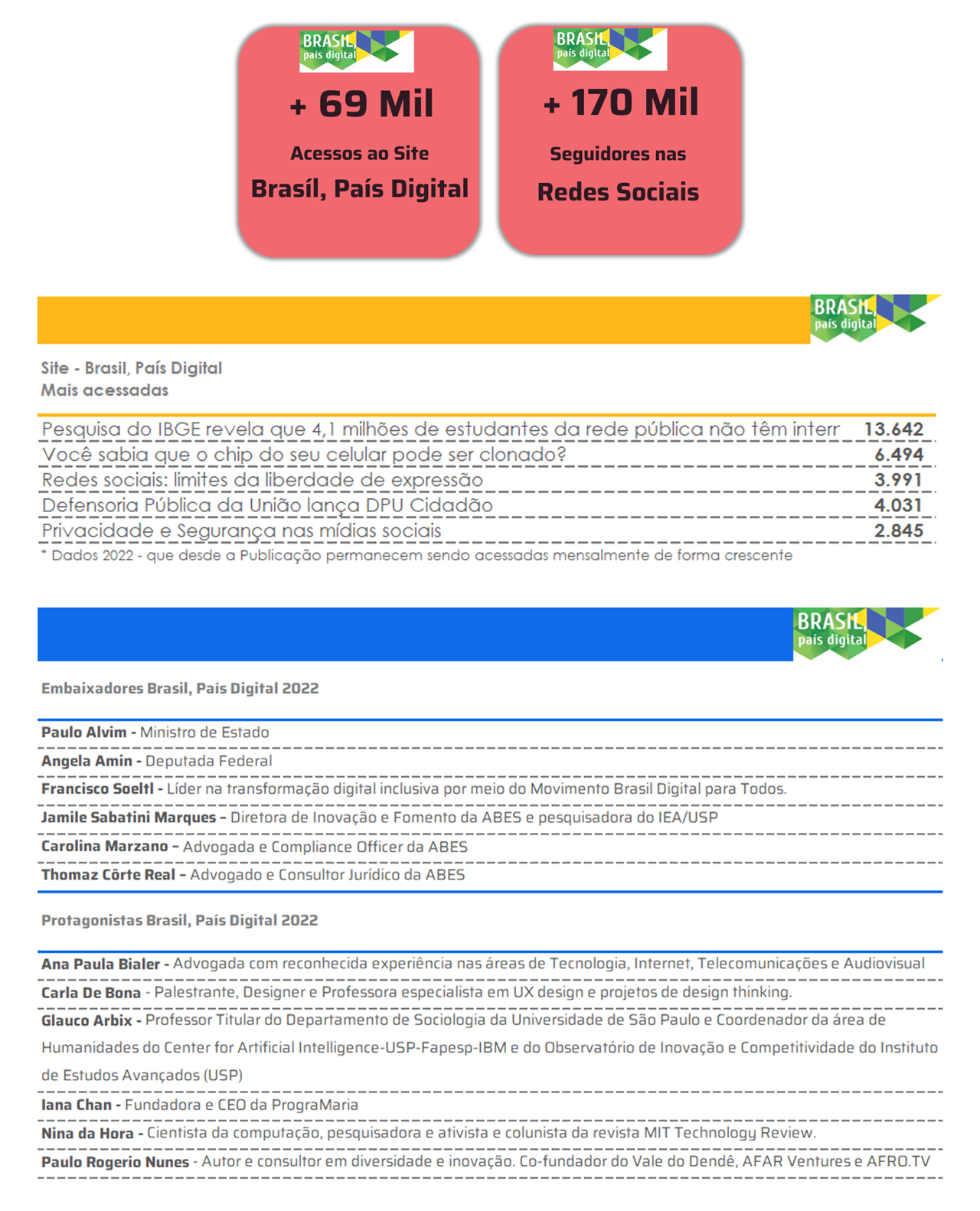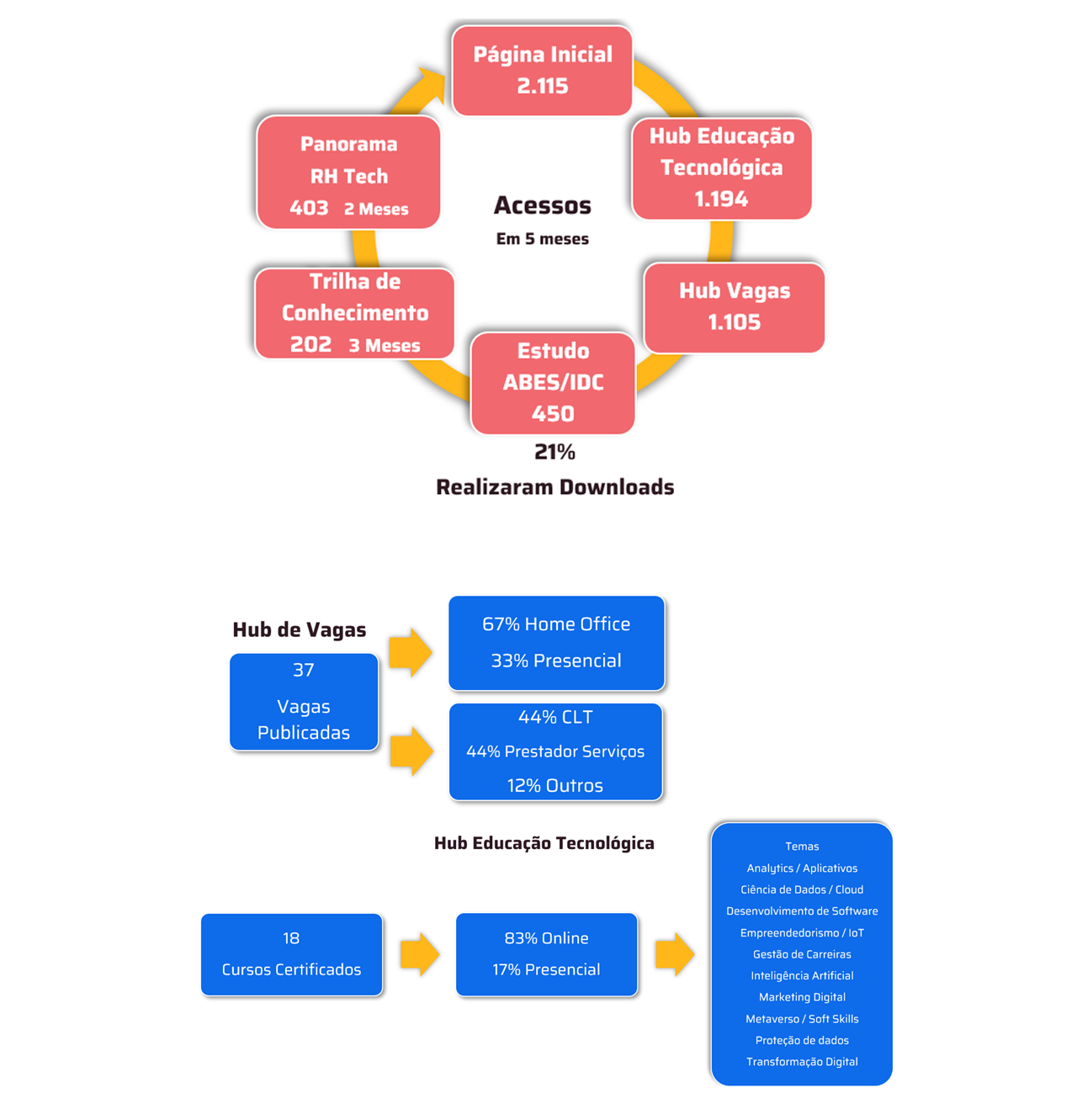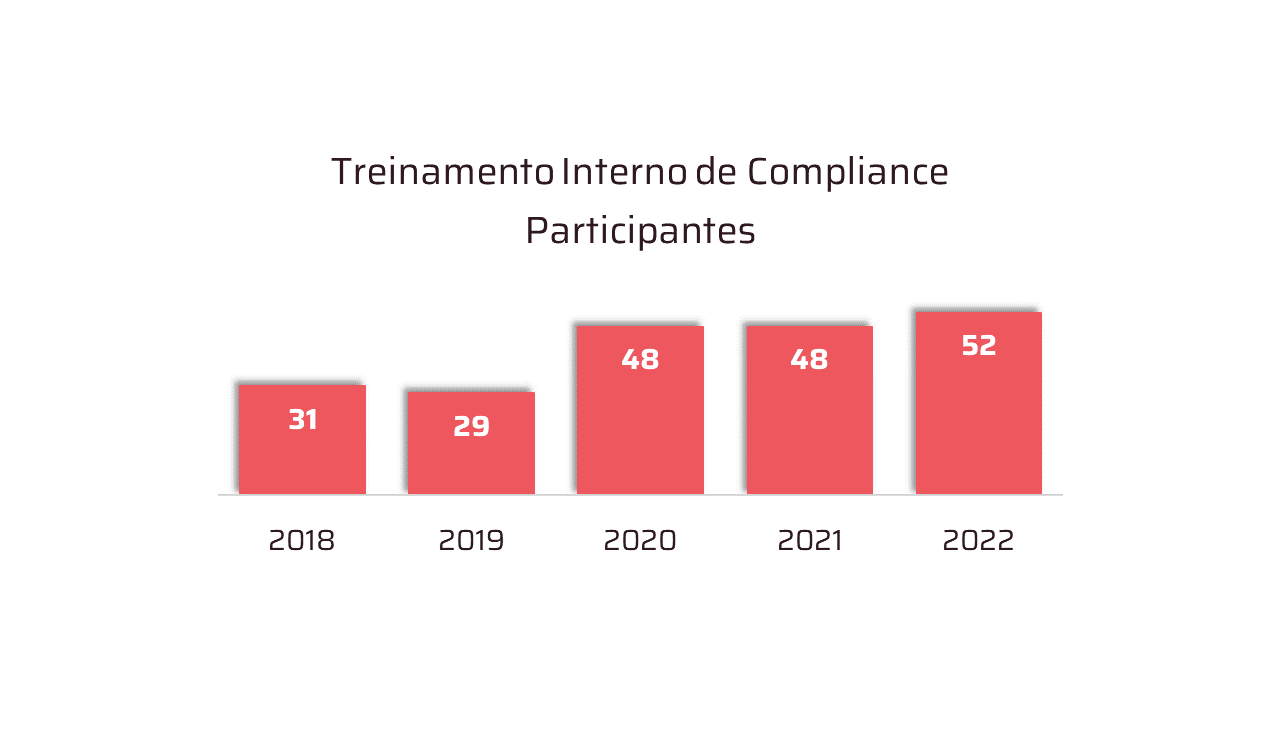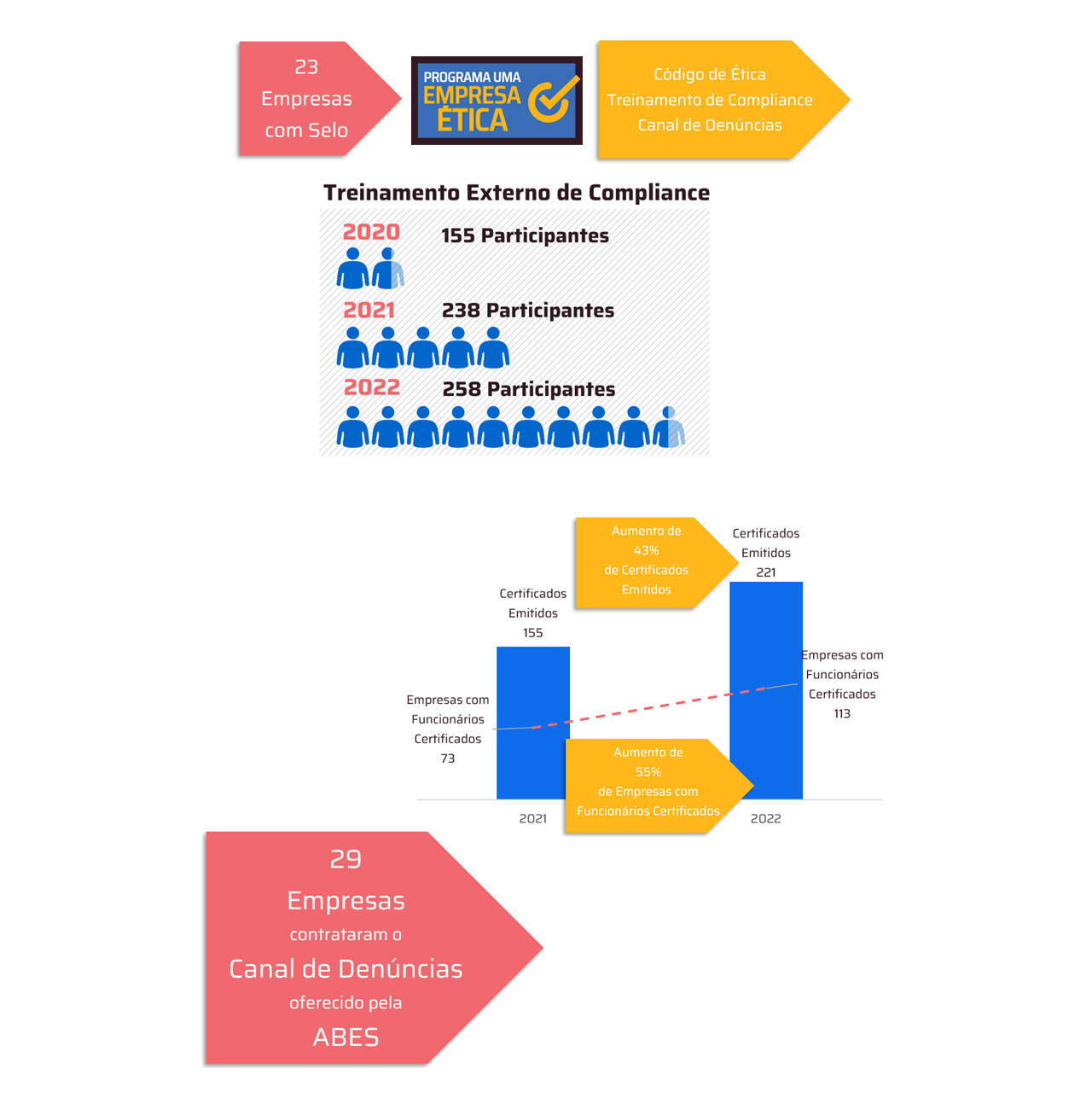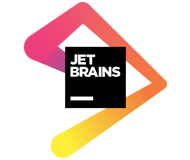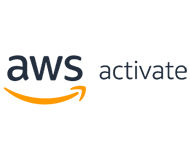Understand how to protect intellectual property for software and AI in Brazil, ensuring innovation and competitiveness in the digital market.
 *By Luiz Felipe Vieira de Siqueira
*By Luiz Felipe Vieira de Siqueira
Software is the set of instructions or programs that tell a computer's hardware what to do. It is designed to perform specific tasks and is typically developed by programmers who encode fixed rules to determine its behavior. Traditional software follows a deterministic model: for a specific input, there will always be a predictable output. Examples include web browsers, word processors, and operating systems.
Artificial Intelligence is a computational model that focuses on the ability to learn and make decisions based on data. Instead of following rigid rules, AI uses predictive statistics and deep learning (deep learning) to identify patterns, evolve, and adapt to situations. For example, virtual assistants or recommendation systems learn from previous interactions to improve their responses.
The fundamental difference between traditional software and artificial intelligence lies in the way both technologies operate. Traditional software operates based on fixed rules and instructions, previously defined by programmers, with no ability to learn or modify over time. On the other hand, artificial intelligence uses data and experience to adapt, evolve, and perform tasks that require complex analysis and sophisticated decision-making. While software follows static behavior, AI is dynamic and can adjust its actions based on patterns detected in the environment in which it operates.
Both software and artificial intelligence have become fundamental pillars of the economy and innovation. For developers and companies in the sector, ensuring intellectual property protection for their developments is crucial for competitiveness and return on investment. In Brazil, the National Institute of Industrial Property (INPI) plays a central role in this scenario, offering distinct protection mechanisms for the software universe, supported primarily by Law No. 9.609/98 (Software Law), Law No. 9.610/98 (Copyright Law), and Law No. 9.279/96 (Industrial Property Law – LPI).
Under the Software Law, computer programs are protected by copyright. This protection applies to the expression of the organized set of instructions, whether in natural language or coded, such as source code. It is important to emphasize that, although copyright protection exists from the creation of the work, registering a computer program with the INPI (Brazilian Institute of Industrial Property) provides greater legal security to the owner, facilitating proof of authorship in the event of litigation.
Registration is carried out electronically through the system e-Software, available on the INPI portal. It is not mandatory to deposit the entire source code, but only sufficient excerpts to identify and characterize the software's originality. Interestingly, the registration may cover other copyrighted assets that are part of the work, such as music, screenshots, and videos, as long as they are created by the owner. Protection for computer programs is valid for 50 years after their creation. However, it is important to note that the software title is not protected by computer program registration; for this purpose, it is necessary to apply for trademark registration with the INPI.
On the other hand, the LPI, which governs patents, establishes that the computer program "in itself" is not considered a patentable invention (Art. 10, item V of the LPI). The reason lies in the understanding that source code is a mere expression of a technical solution, intrinsically linked to the programming language.
However, an industrial creation implemented by software that presents novelty, inventive step and industrial application may be eligible for an invention patent.
In this context, Artificial Intelligence (AI), often materialized as an innovative sequence of algorithms, is patentable if it integrates a technical solution to a specific problem, achieving a technical effect that goes beyond mere computational implementation.
Examples include intelligent medical diagnosis methods based on facial recognition and deep learning for Down syndrome detection. If a new neural network architecture or an unusual combination of machine learning algorithms results in a significant technical advance, such as more accurate and efficient detection of Down syndrome, this innovation, implemented through an algorithmic sequence, may qualify for patentability. The patent will protect the detection process that uses this specific algorithmic sequence to achieve the desired technical result.
The process of obtaining a patent is more complex and involves a technical examination by the INPI to verify patentability requirements. The description of the invention must be precise, clear, and sufficient for a person skilled in the art to carry it out, demonstrating its novelty and the technical effect achieved. The term of an invention patent is 20 years from the filing date.
Intellectual property protection for software, including AI-based solutions, is available at the Brazilian Industrial Property Institute (INPI) through two main channels: registration as copyright for the code itself, and an invention patent for innovative technical solutions implemented by algorithms that solve a technical problem and have industrial applications. Understanding the distinction between these modalities is essential for developers and companies to protect their digital assets strategically and effectively, using the appropriate legal instruments in Brazil. It is always recommended to consult a professional specializing in intellectual property for a detailed analysis of each case and to determine the best protection strategy.
*Luiz Felipe Vieira de Siqueira is a lawyer, researcher at Think Tank ABES, PhD student in Innovation & Technology – PPGIT UFMG and partner at Privacy Point.
Notice: The opinion presented in this article is the responsibility of its author and not of ABES - Brazilian Association of Software Companies
Article originally published on the IT Forum website: https://itforum.com.br/colunas/propriedade-intelectual-software-ia-guia/





